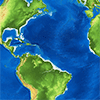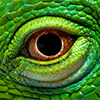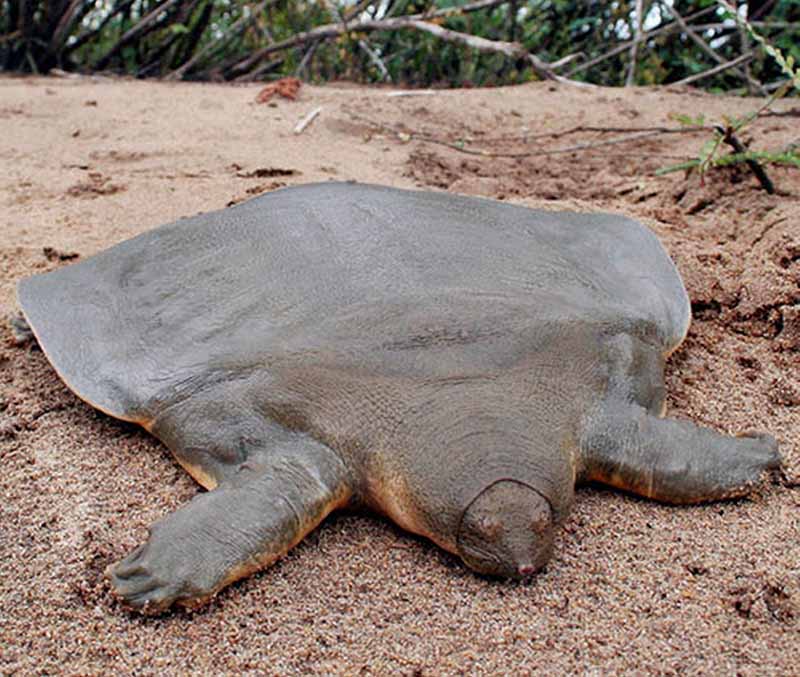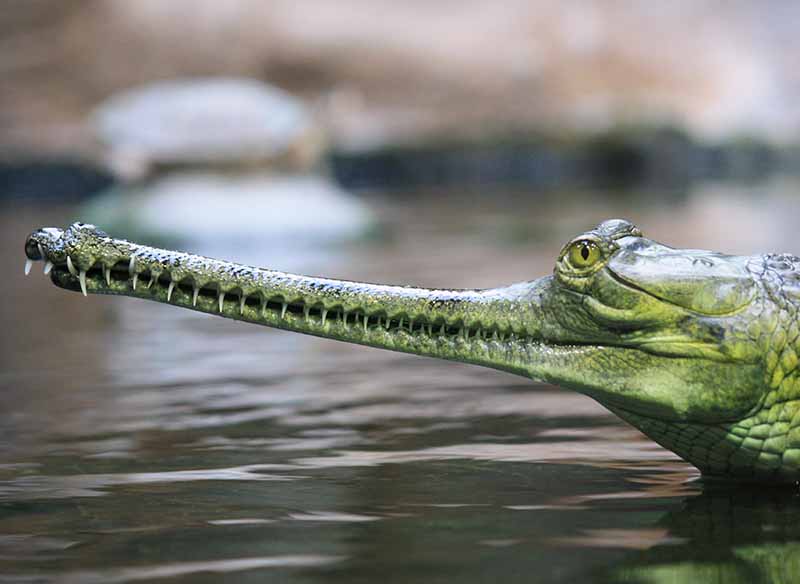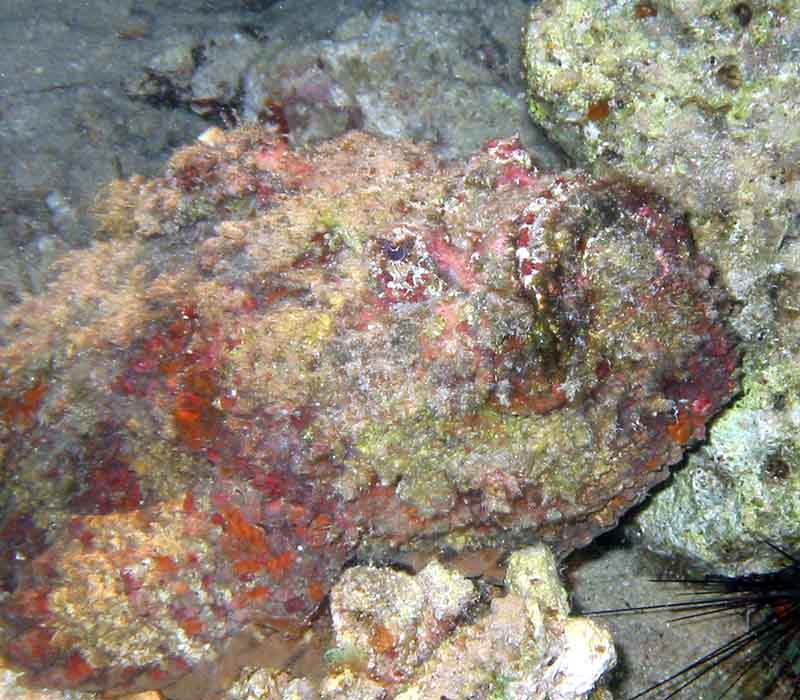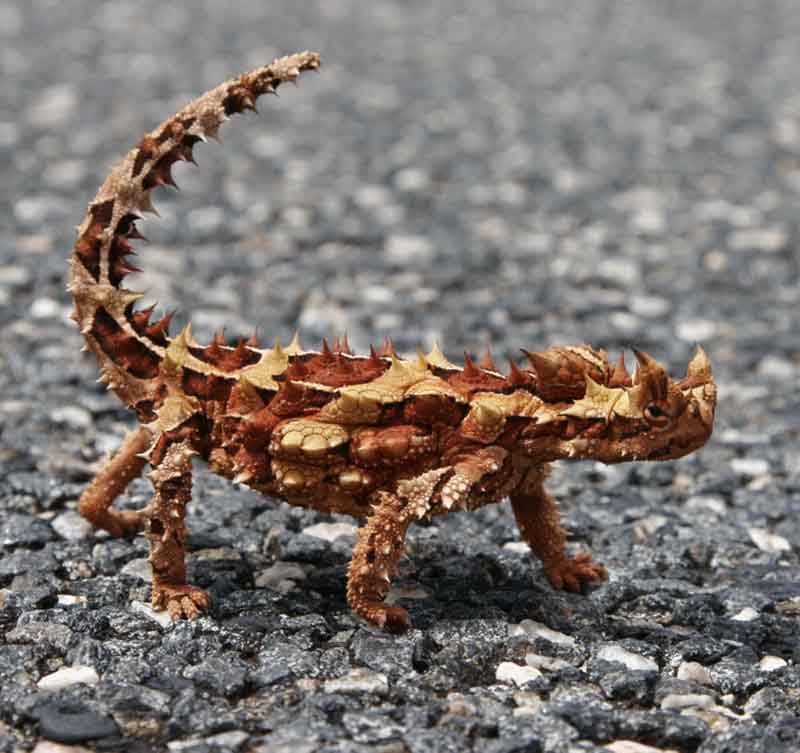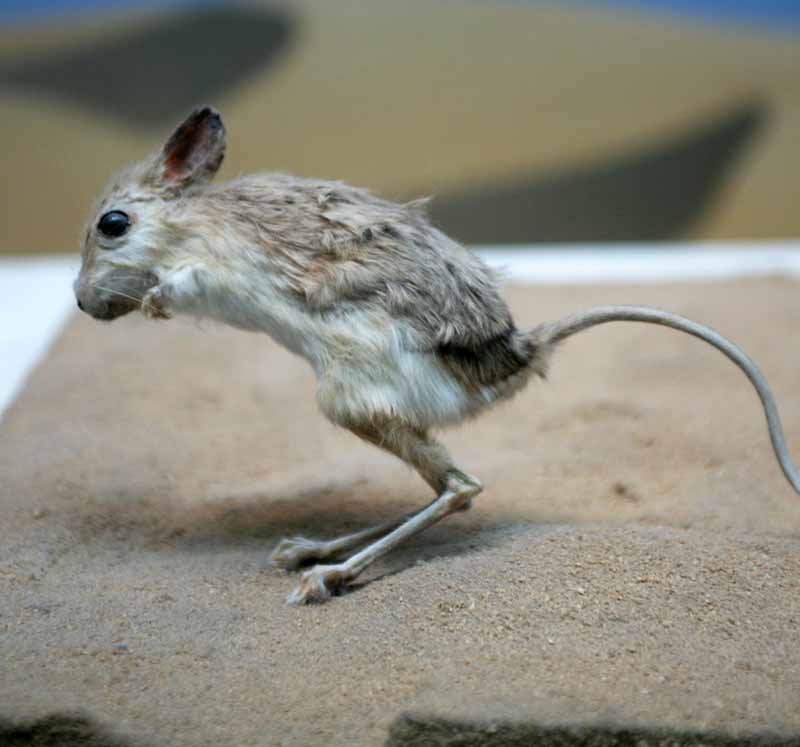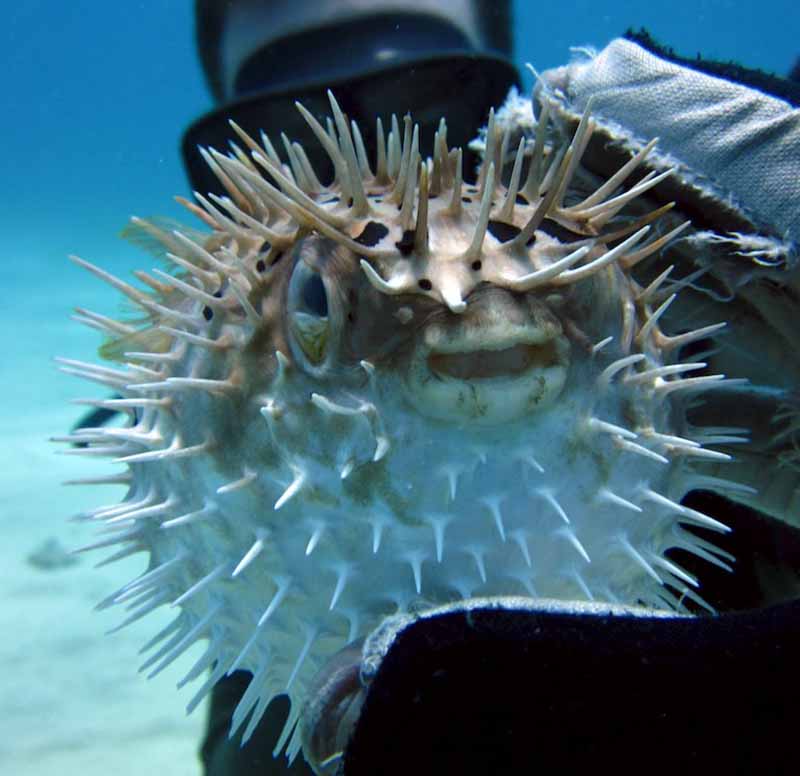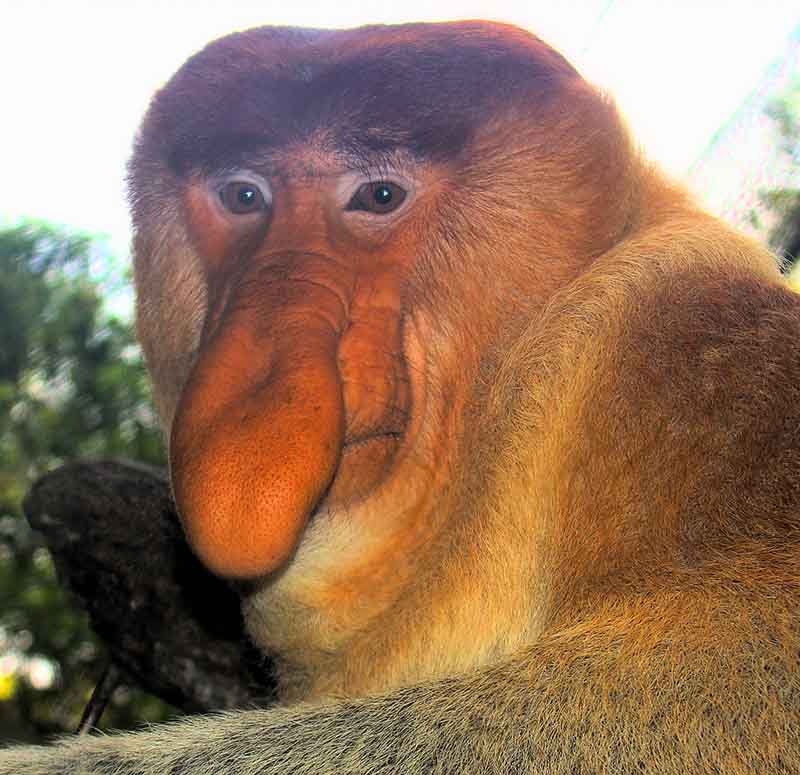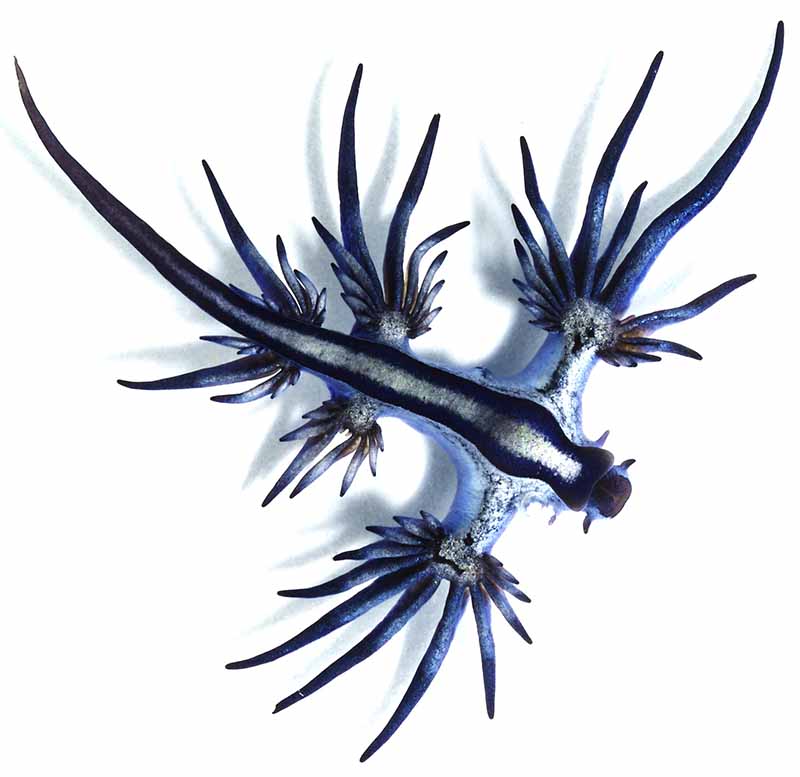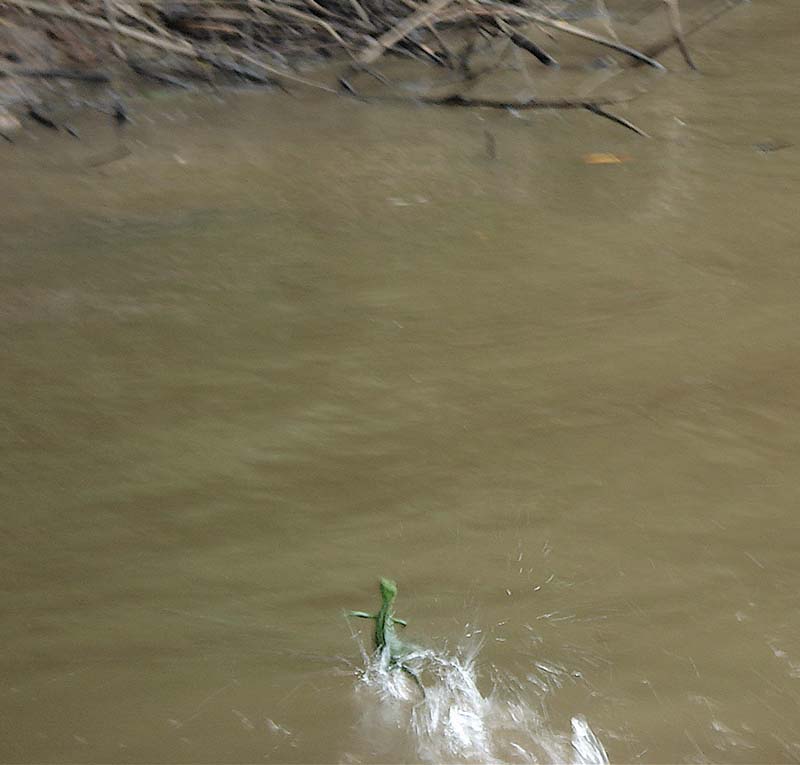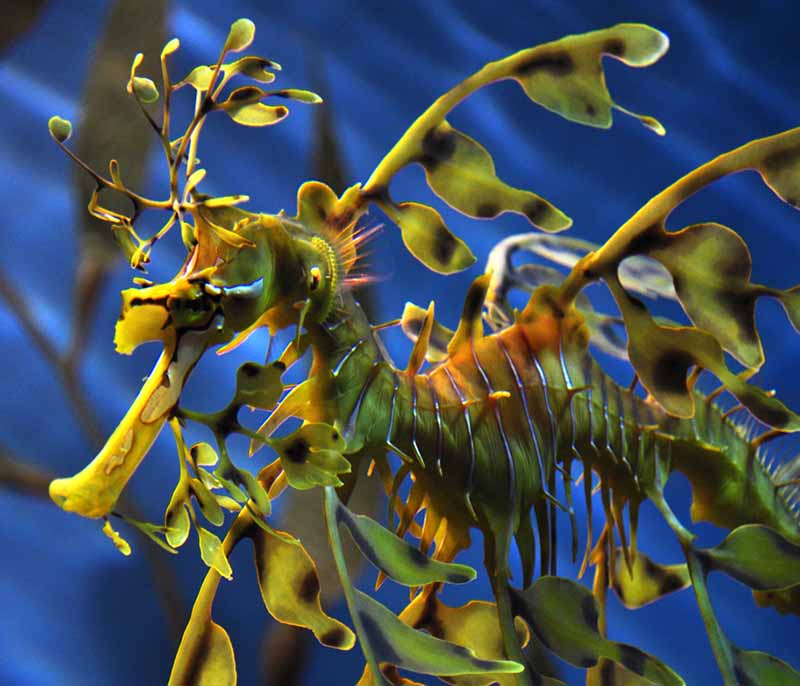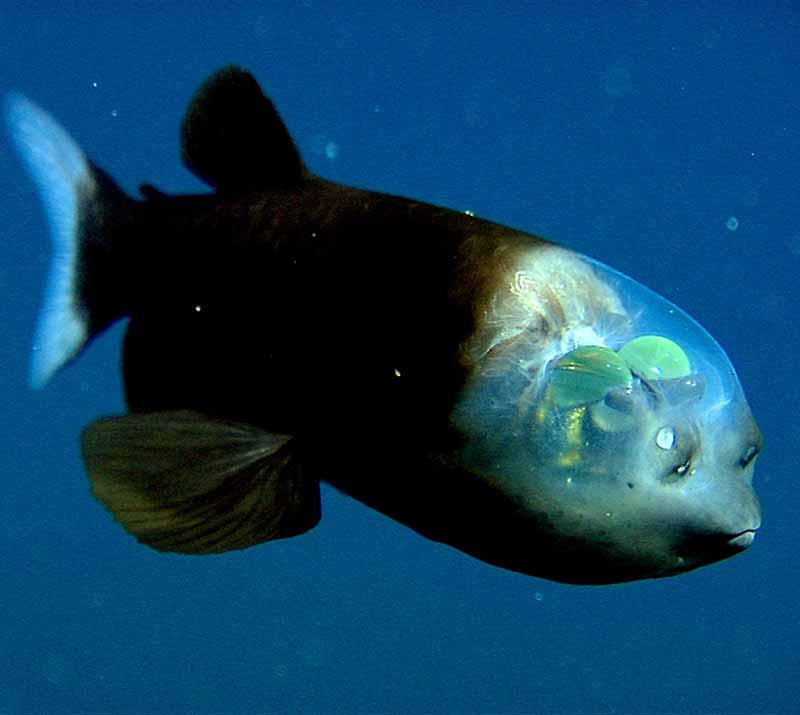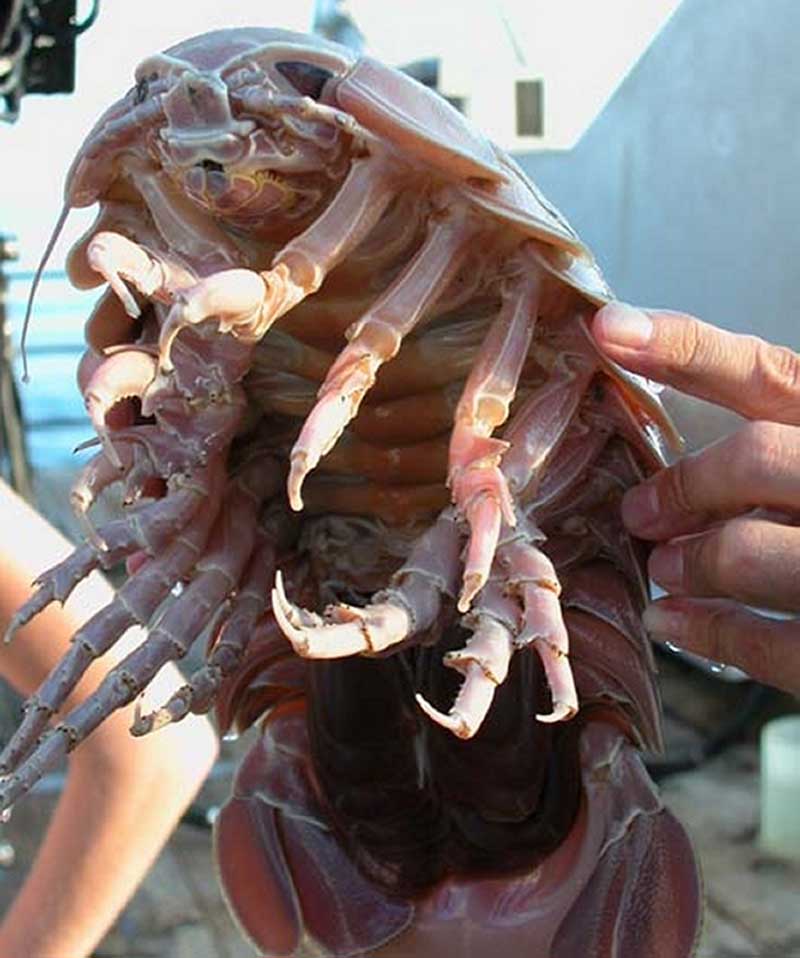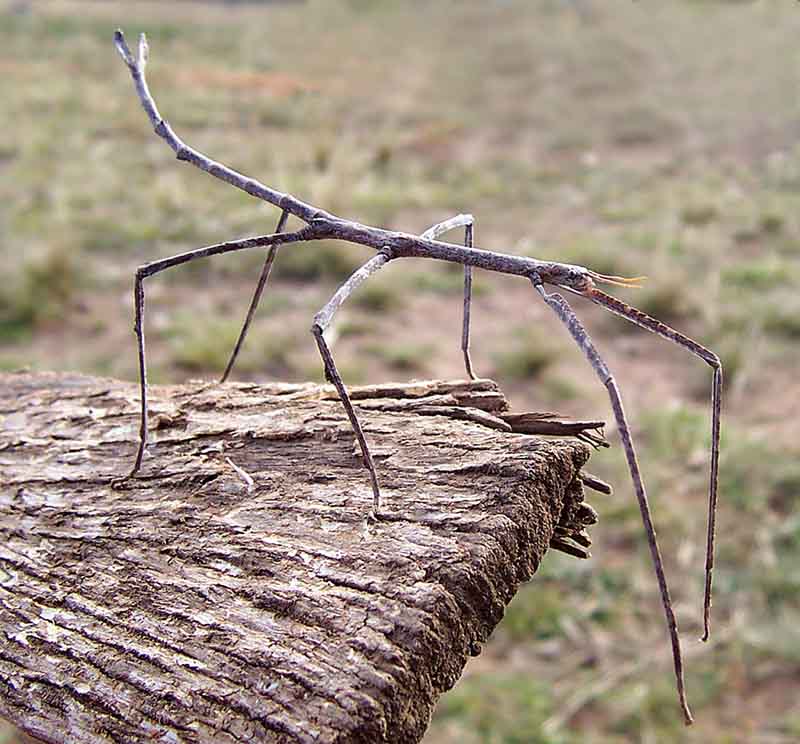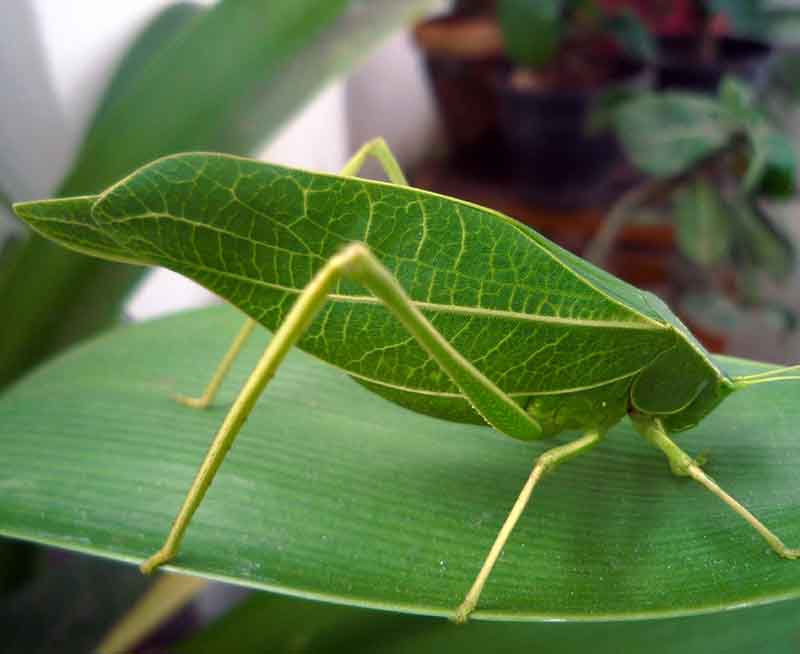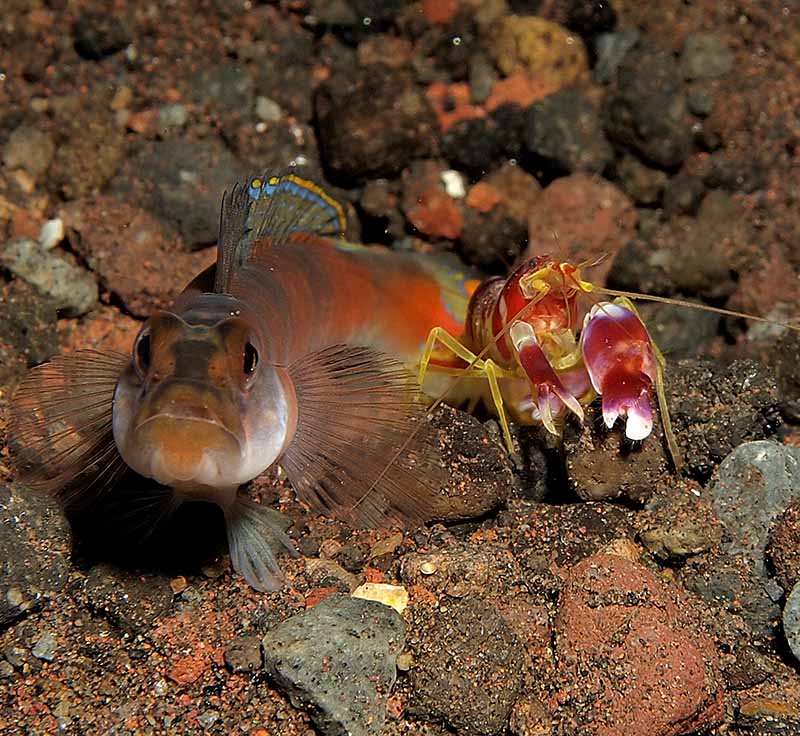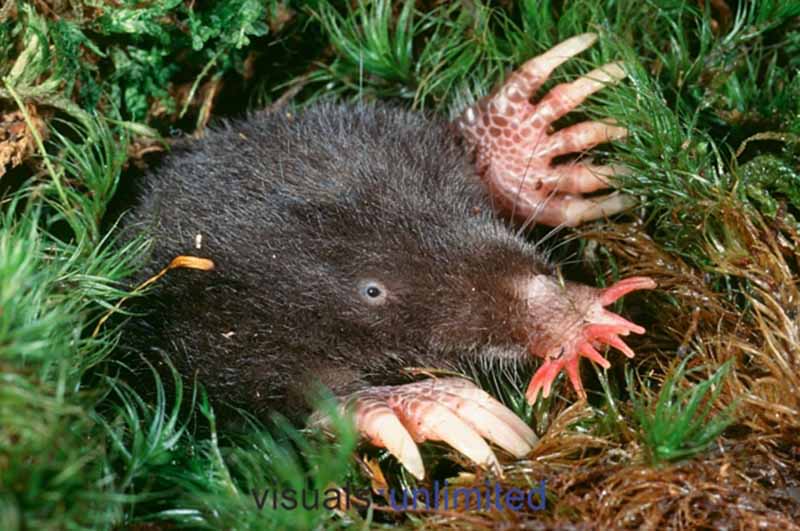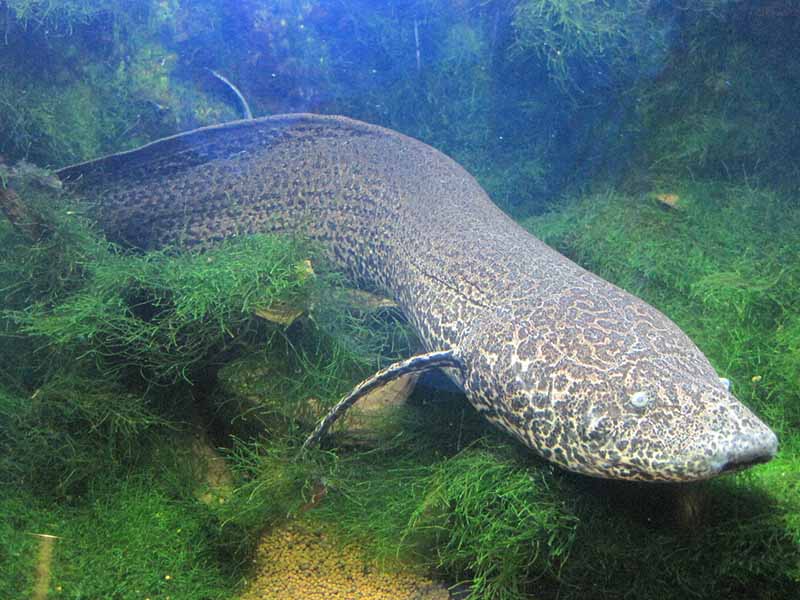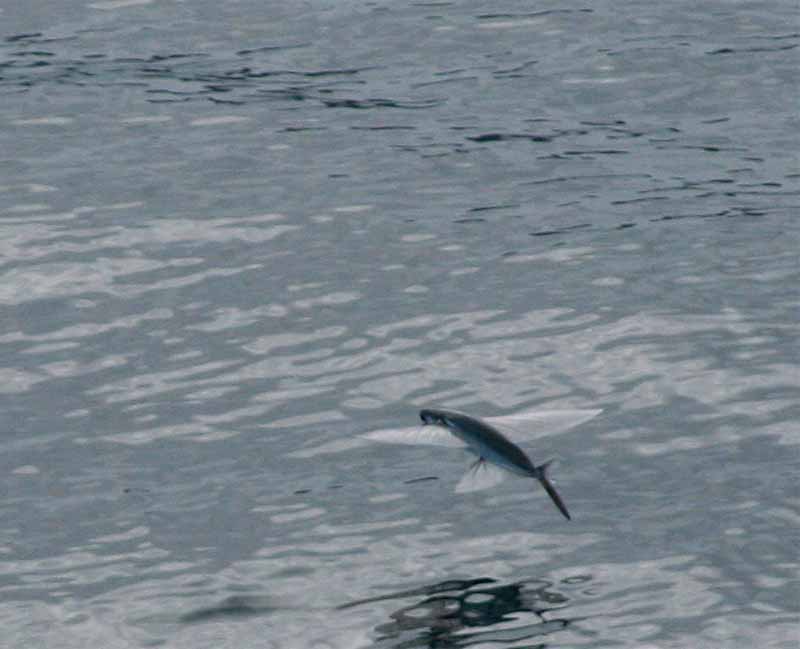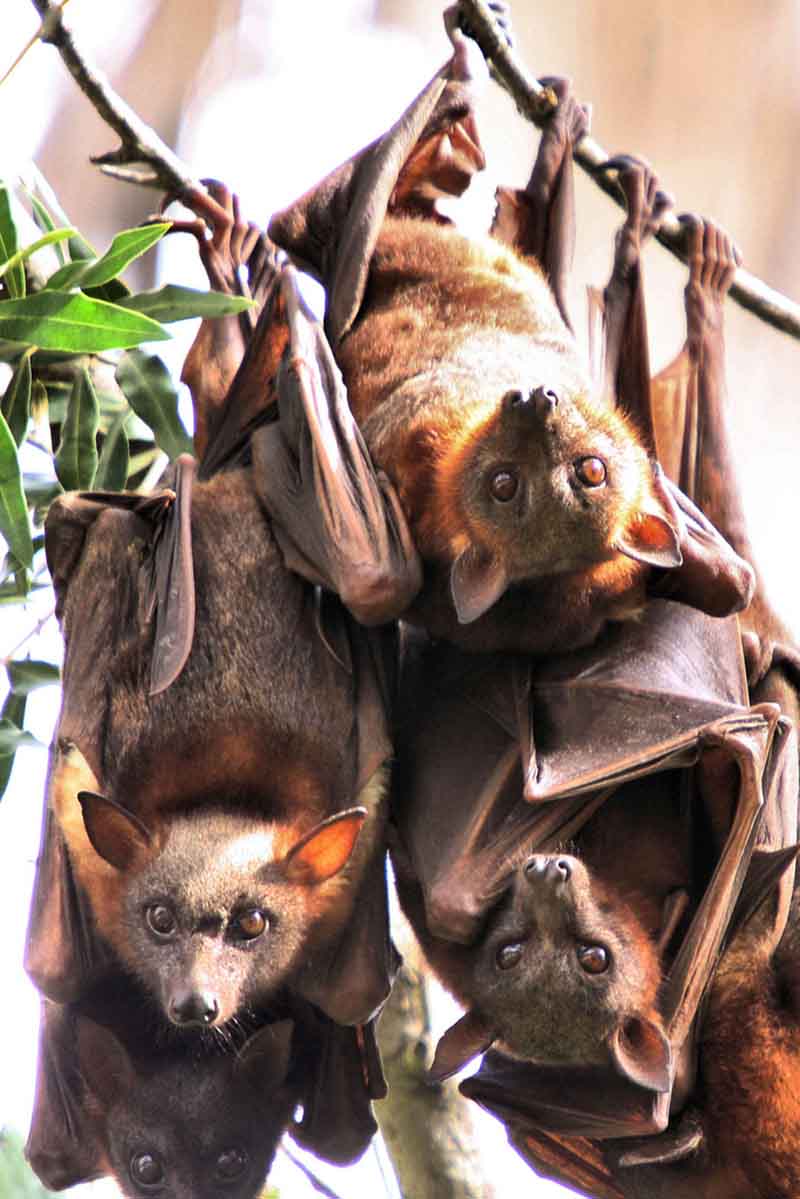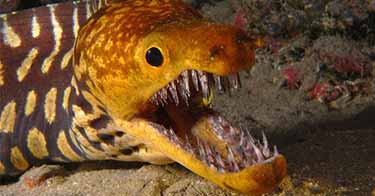Animals
Weirdest Animals In The World - Top 25
Updated March 1, 2019
We love animals and always marvel at the weird forms life can take. Some animals are indeed really strange, and that is why we have made a list of the weirdest animals in the world. How about a soft turtle, a flying fish or a woodlouse the size of a newborn baby? Check out these unusual and funny-looking creatures!
Advertisement:
25. Armadillo
The mammal order of armadillos all live in the Americas and are known for their hard, leatherly armour. Some species have the ability to roll up into hard balls and thus protect themselves against enemies. The armadillos' closest relatives are the anteaters and sloths - animals almost as strange as the armadillo.
24. Cantor's Giant Softshell Turtle
Cantor's giant softshell turtle lives in freshwater rivers in Asia and spends almost all of its life buried in the sand hiding from enemies.
It can grow to a length of 2 m (7 ft),[1] and has like most turtles a very powerful bite.
Cantor's giant softshell turtle is a so-called softshell turtle and has an unusually flat body and a shell that feels like hard rubber.
Unfortunately, since it is easily caught to be eaten or sold, it has become endangered.
Advertisement:
23. Gharial
The world's strangest crocodilian, the gharial or gavial, lives in Indian rivers and can grow to 6 m (20 ft) in length.[2] It only eats fish and has through evolution developed long and thin jaws perfect for snapping its prey. Thanks to its one-sided diet and slim mouth, the gharial is pretty harmless to humans. Unfortunately, it is endangered because of hunting and decreasing habitats.
22. Narwhal
Narwhals live in the Arctic Ocean and grow to 5 m (16 ft) in length.[3]
The unique thing about narwhals are the males' up to 3 m (10 ft) long "spears".[3]
The spear is actually one of the narwhal's two teeth, that grows straight forward and forms a helical and pointy fang. Sometimes a narwhal even has two fangs.
The spear is used for fencing with other males during mating.
21. Stonefish
The stonefish lives in the Pacific and Indian Oceans and is partly known for its extremely poisonous venom that shoots out from its dorsal spines. The most astonishing thing about the stonefish however, is its ability to camouflage itself as a rock. Thanks to its stone-like color and texture it can lurk among rocks on the sea floor and then devour an unsuspecting passer-by.
20. Thorny Dragon
The thorny dragon, or thorny devil, is a scary and funny-looking lizard that lives in Australia. The thorny lizard's top side is completely covered in hard spines that make it tough to swallow for predators. It also has a large lump on its neck that it shows to predators to make them believe it's its head. The thorny dragon is, despite its terrifying looks with the scary spines and weird extra head, completely harmless to humans and mostly eats ants and plants.
19. Jerboa
The jerboas comprise most of the species in the family Dipodidae and are strange rodents that mainly lives in North Africa, the Middle East and Asia.
The jerboas have unusually long hind legs and move about by jumping like kangaroos. The photo shows a lesser Egyptian jerboa, who like most jerboas live in very dry areas. A similar animal that belongs to the same order (rodents) as jerboas is the just as weird - and just as cute - South African springhare.
18. Pufferfish
Pufferfish (or balloonfish or blowfish) live in warm waters around the world and has the ability - as the name suggests - to inflate into balls, several times their normal size. Pufferfish do this when threatened, and it makes it hard for predatory fish to swallow them. Pufferfish contain a poison that is toxic to humans, but they are eaten in Japan as a delicacy called fugu after being prepared by specially trained chefs.
17. Proboscis Monkey
The rare and endangered proboscis monkey (or long-nosed monkey) lives only on the island of Borneo in Southeast Asia. Particularly the males have an appearance dominated by large hanging noses. The proposcis monkey's magnificent nose is thought to have evolved through sexual selection, that is, females prefer to mate with males with large noses.
16. Glaucus Atlanticus
The most unusual looking slug in the world is probably the colorful Glaucus atlanticus. It also goes by the names blue dragon, sea angel and sea swallow. The blue dragon is a sea slug that lives in many parts of the world's oceans, including outside Europe, South Africa and eastern Australia. The blue dragon floats upside down just by the surface and is usually just a few centimeters long. In the tips of its many fingers is a poison that it uses to kill its prey.
15. Basilisk
Basilisks are a genus of lizards that live in South and Central America, as well as introduced in Florida. Basilisks can, thanks to their large feet and webbed toes, run on water! When they feel threatened they take off over the surface and run up to 5 m (5 yd) on just their hind legs before they sink down and start to swim instead.[4] The basilisk's comical way of running upright on the water has earned it the nickname "Jesus Christ lizard".
14. Leafy Seadragon
The leafy seadragon lives in the ocean outside southern and eastern Australia and is part of the same family (Syngnathidae) as the almost as odd-looking seahorses. However, leafy seadragons are bigger than most seahorses, and looks a lot like the mythological dragon. The "leaves" of skin enables it to camouflage itself as a floating patch of seaweed.
13. Platypus
The platypus is one of many weird animals living in Australia. It spends a large part of its life in the water, and its body and movements look like an otter's. However, it has a bill like a duck, that almost looks attached, and a tail like a beaver. Platypuses are together with echidnas the only mammals in the world that lay eggs.
12. Axolotl
The axolotl is an aquatic salamander that exists only in waters in Mexico City. The strange thing about the axolotl is that it never develops into a "full-fledged" salamander and is therefore never able to live on land. It develops lungs, but retains gills that protrudes from behind the head. The axolotl is critically endangered due to water pollution and introduction of non-native predatory fish.
11. Macropinna Microstom
Macropinna microstom lives, among other places, in the deep waters of the Pacific Ocean and was first photographed alive in 2004. The unique thing about Macropinna microstom is that is has a transparent head! The eyes (the green domes in the photo) are placed inside the fluid-filled head and can, for example, be turned straight up as in the photo. When the fish searches for prey, it actually looks through its own head.
10. Giant Isopod
Giant isopods are a genus of the world's largest and weirdest woodlouses.
Giant isopods feed on dead animals and are actually quite common on the bottom of deep, cold parts of the Atlantic,
Pacific and Indian Oceans.
The largest species of these giant woodlouses can grow to 75 cm (30 in) in length and weigh up to 1.7 kg (3.7 lb).[5]
9. Phasmatidae
Phasmatidae are a family of stick insects, or "walking sticks", that live in warm countries and look like dry twigs. Some of these stick insects have large beautiful wings and can fly, but most of them have very small or no wings att all (photo). Their unusual appearance is a natural camouflage that makes it easy for them to hide in trees from enemies.
8. Leaf Insects
Just as good a camouflage as the stick insects' are that of their relatives the leaf insects. Species from this insect family (Phylliidae) live in Australia and southern Asia and are extremely hard to see when they sit in leafy trees. Leaf insects, or "walking leaves" as they are also called, have wide and flat bodies with leaflike colors and patterns, and when they walk they waddle to mimic a leaf swaying in the wind.
7. Alpheidae
Alpheidae (to the right in the photo) are a family of shrimps that live mainly in tropical waters and are known for their punchy claw that is a lot bigger than the other one. They can slam their giant claw shut with a loud snap, which has earned the shrimp the nicknames "snapping shrimp" and "pistol shrimp". When the claw is slammed shut it makes a 218 dB loud noise and creates a bubble which reaches a speed of up to 100 km/h (62 mph).[6] This blast wave can kill a small fish, and the shrimp uses this pistol effect to kill prey and communicate with other shrimps of the same species. Alpheidae are some of the loudest aquatic animals - they can even ruin the sleep for boaters anchored for the night.[6]
Some Alpheidae live in symbiosis with gobies (photo), where the shrimp builds and maintains the burrow, while the goby protects the shrimp and looks out for danger.
Some Alpheidae live in symbiosis with gobies (photo), where the shrimp builds and maintains the burrow, while the goby protects the shrimp and looks out for danger.
6. Star-Nosed Mole
The weirdest looking mole in the world, the star-nosed mole, lives in northeastern United States and eastern Canada and is completely blind. The handicap is compensated for by a spectacular nose, formed lika a star with 11 pairs of pink appendages. Besides giving the mole an extremely effecient sense of smell (it can even smell under water) the nose is also used to feel the surroundings.
5. Lungfish
Lungfish are a subclass of strange fish that live in Africa, South America and Australia. African and South American lungfish breathe using gills when they are young, but then develop lungs that they start using instead. They can even live months on land, which they sometimes have to if the waters they live in dry out. When that happens, they burrow in the sea bed and build a cocoon around themselves by excreting a mucus. To survive without eating and drinking they enter into estivation - a state of dormancy - during which the cocoon helps them maintain homeostasis, and a breathing hole provides air.
4. Flying Fish
Flying fish are a family of fish living in the warm parts of Earth's oceans. Flying fish have unusually large pectoral fins which allows them to jump out of the water and glide in the air when they need to escape predatory fish. To jump out of the water they beat their tail really fast to gain speed, and they can then bounce on the surface with the help of their tail fin to continue the flight. There is a video of a flying fish "flying" for an impressive 45 s, shot outside Japan in 2008.
3. Flying Fox
There are a number of mammals who are capable of gliding through the air, for example flying squirrels and colugos (two weird animals who almost make this list), but bats are the only mammals who have actually evolved the ability of true flight. The largest and strangest looking bats are the flying foxes, of which some species have a wingspan of nearly 2 m (6 ft)[7]. Exactly which species is the largest is uncertain, but a strong candidate is the kalong, also known as the large flying fox.
Flying foxes live in the tropical areas of the world and look just like foxes with bat wings, hence their name. Unlike other bats, they have an extra long claw in front of each wing which helps them climb. Other names of these strange bats are megabats (because of their size) and fruit bats (because some species live off fruit).
Flying foxes live in the tropical areas of the world and look just like foxes with bat wings, hence their name. Unlike other bats, they have an extra long claw in front of each wing which helps them climb. Other names of these strange bats are megabats (because of their size) and fruit bats (because some species live off fruit).
2. Sea Cows
Sea cows, or sirens as they are also called, are an order of aquatic mammals containing three species of manatees and the dugong (one single species). Manatees (top photo) live in the waters outside the warmer coastal countries around the Atlantic and can weigh nearly 600 kg (1,300 lbs) and grow up to 4 m (13 ft) in length.[8] The slightly smaller dugong (bottom photo) lives along the coasts of the Indian Ocean, eastern Africa and northern Australia.
Sea cows normally hang out in shallow waters and must regularly come up to the surface for air. These unusual animals are more closely related to elephants than seals or whales,[8] but they can not live on land. Sirens eat plants and have no natural enemies, but are sadly threatened by water pollution. Furthermore, some die when they get caught in fishing nets or hit by boats. Both the dugong and the manatees are intelligent and friendly animals who may allow curious snorkelers to scratch them.
Sea cows normally hang out in shallow waters and must regularly come up to the surface for air. These unusual animals are more closely related to elephants than seals or whales,[8] but they can not live on land. Sirens eat plants and have no natural enemies, but are sadly threatened by water pollution. Furthermore, some die when they get caught in fishing nets or hit by boats. Both the dugong and the manatees are intelligent and friendly animals who may allow curious snorkelers to scratch them.
1. Mimic Octupus
Octopuses live in salt waters and are among the most intelligent creatures on Earth.
They have a well-developed memory and can solve complex problems and distinguish between different colors and shapes.
Thanks to their intelligence, octopuses are also very good at defending themselves from predators using camouflage.
The very best at this is the amazing mimic octopus, who lives in the waters outside Indonesia and Malaysia.
This unusual octopus was only discovered in 1998 and completely baffled the scientists.[9]
Almost all species of octopuses can change their color and pattern to blend in with the environment, but the mimic octopus has taken the art of disguise to a whole new level. Thaumoctopus mimicus, as it's called in Latin, can besides changing color also adopt different body shapes to mimic other aquatic animals. It usually uses this technique when attacked by a predatory fish. Then it adopts the body shape of an enemy to the predatory fish. The mimic octopus has been observed mimicking several different aquatic animals, among them flatfish, lionfish, sea snake and jellyfish. Sometimes, it takes on such a weird shape that one doesn't understand what it's trying to imitate.
The cunning mimic octopus is undoubtedly the weirdest animal in the world. And maybe the most awesome.
Almost all species of octopuses can change their color and pattern to blend in with the environment, but the mimic octopus has taken the art of disguise to a whole new level. Thaumoctopus mimicus, as it's called in Latin, can besides changing color also adopt different body shapes to mimic other aquatic animals. It usually uses this technique when attacked by a predatory fish. Then it adopts the body shape of an enemy to the predatory fish. The mimic octopus has been observed mimicking several different aquatic animals, among them flatfish, lionfish, sea snake and jellyfish. Sometimes, it takes on such a weird shape that one doesn't understand what it's trying to imitate.
The cunning mimic octopus is undoubtedly the weirdest animal in the world. And maybe the most awesome.
References
[1]
"Cantor's Giant Softshell Turtle". WWF. Retrieved March 1, 2019.
[2]
"Gharial". WWF India. Retrieved March 1, 2019.
[3]
"Narwhal". WWF. Retrieved March 1, 2019.
[4]
"Green Basilisk Lizard". National Geographic. Retrieved March 1, 2019.
[5]
"Giant animals that are almost impossible to find". BBC. Published July 20, 2015. Retrieved March 1, 2019.
[6]
"Deadly pistol shrimp that stuns prey with sound as loud as Concorde found in UK waters". Daily Mail. Updated Nov 13, 2008. Retrieved March 1, 2019.
[7]
"Flying foxes" (in swedish). Swedish Museum of Natural History. Retrieved March 1, 2019.
[8]
"Manatees". National Geographic. Retrieved March 1, 2019.
[9]
"Mimic Octopuses". MarineBio Conservation Society. Retrieved March 1, 2019.
Related
Latest





